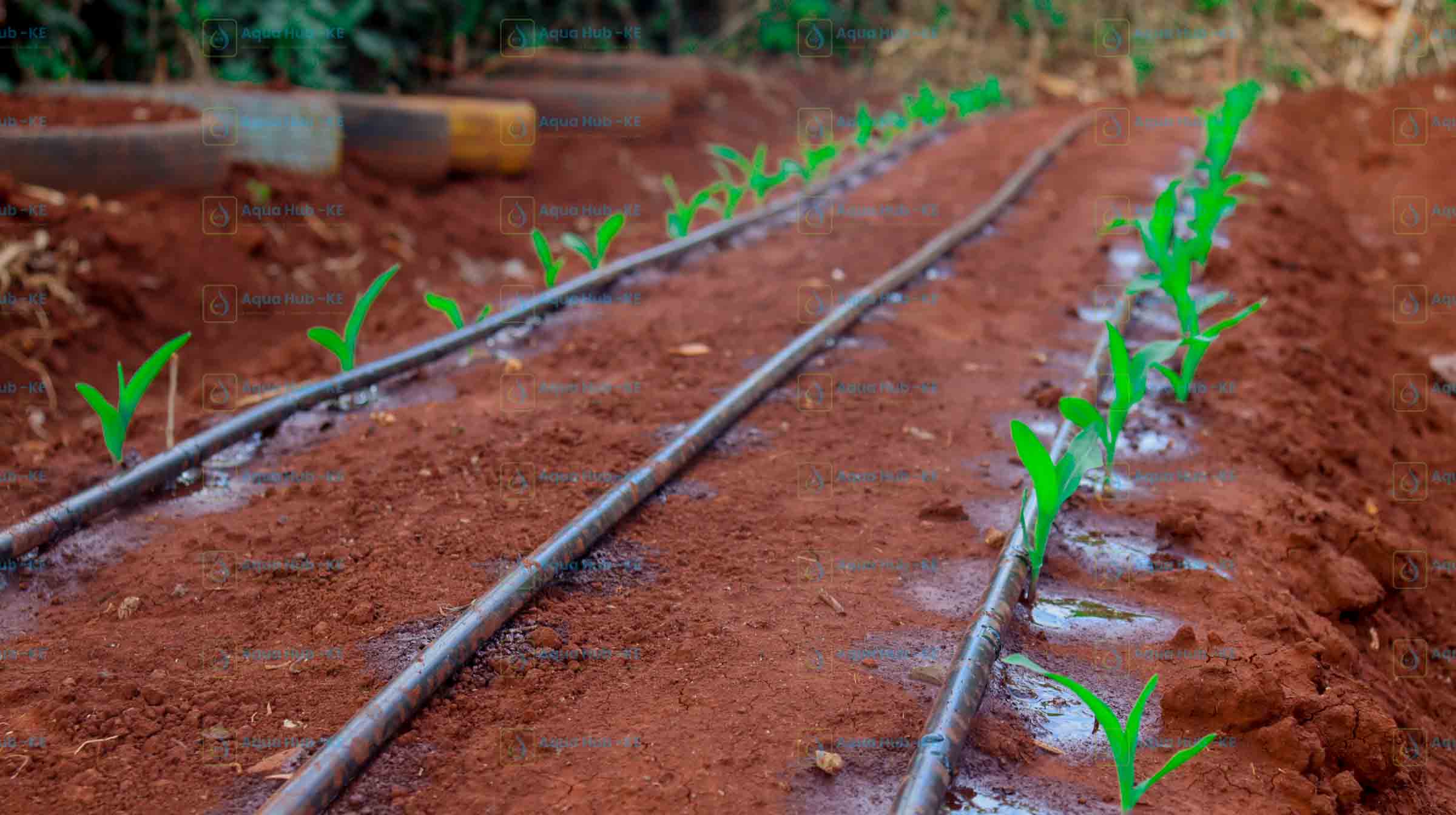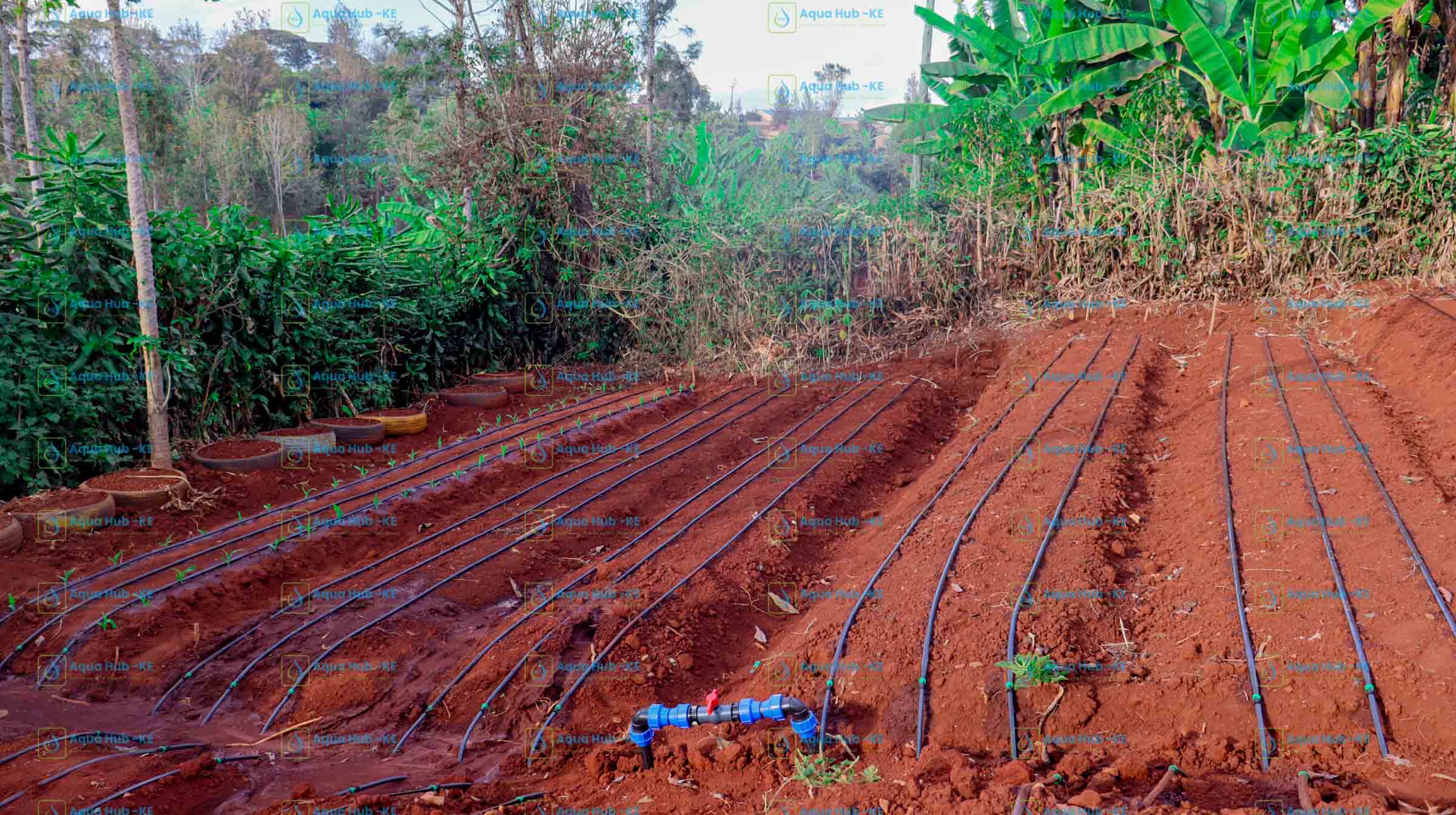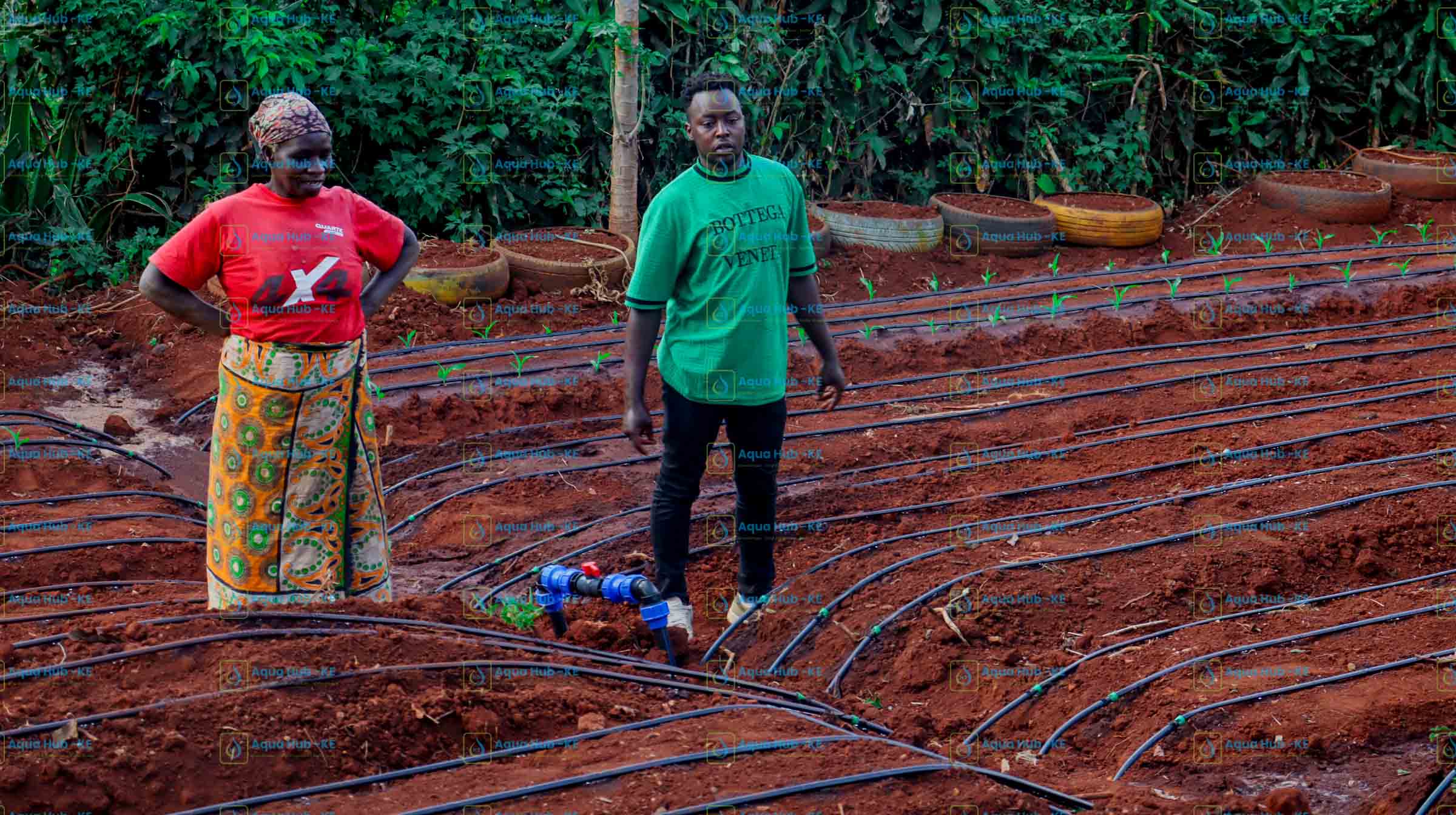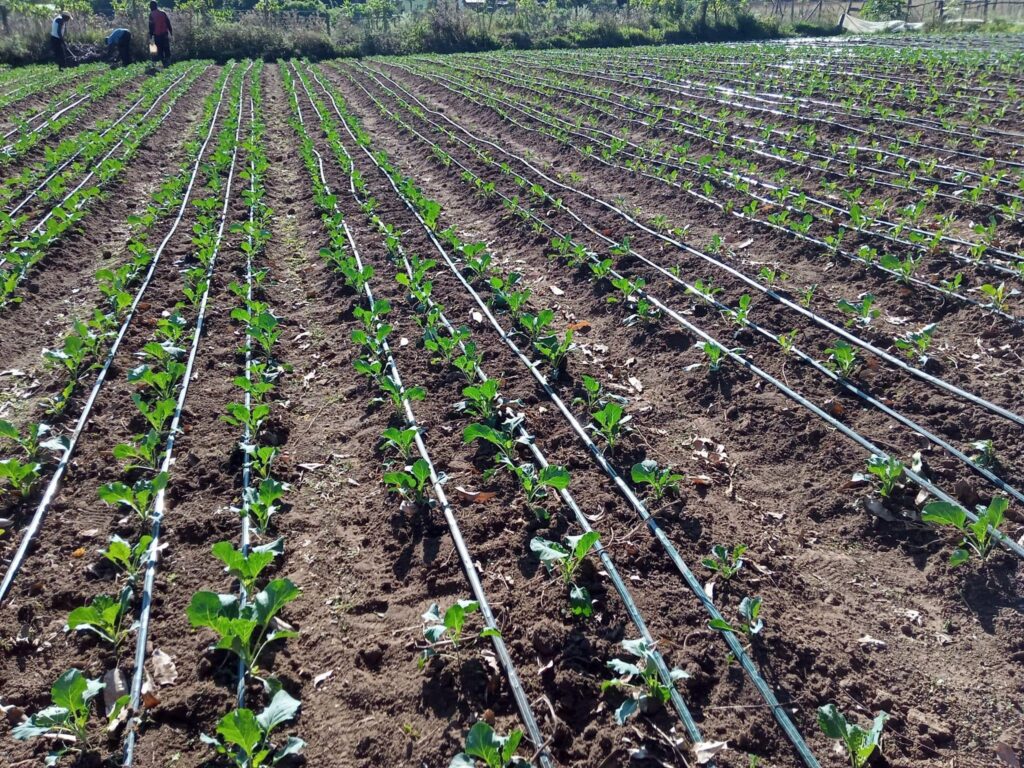Blog
Benefits of Drip Irrigation

Farmers in most parts of Kenya are currently enjoying the benefits of drip irrigation by growing high profit crops. For those who don’t know, drip irrigation is not only a smart but effective way of watering most vegetables, field crops and high value fruits or flowers.
Buy Drip Irrigation Kits: Top Supplier in Kenya

Drip Kits are available in at low market prices at Aqua Hub LTD. We are the top-rated drip irrigation installation company in Kenya. If you are planning to cultivate profitable crops, learning the benefits of drip irrigation is an essential step.
Cost of Drip Irrigation Kits in Kenya
Complete drip irrigation system cost around KES 140,000 to KES 200,000 per acre in Kenya. The cost of drip irrigation is dependent on the number of driplines used per bed and farm size.
Call 0790719020
Benefits of Drip Irrigation in Kenya
Water Efficiency
If you install drip irrigation kit, your water consumption on plants reduces meaning you save on water bills or pumping cost. This is because drip irrigation directs water to the root zone by very small tons, saving 40%.
Higher Yields
When crops are irrigated following the right schedule, they get access to constant moisture and nutrients. Because of this, they grow healthier and generate better yields.
Reduced Weed Growth
Weeds often grow rapidly when the soil is moist and fertile enough. With drip irrigation, spaces between plant lines do not get moisture and fertilizer, thus minimal growth.
Labor Savings
Drip irrigation kits reduce the need for manual application of water, moving pipes, pumps or manual fertilizer input. You can also automate your system using IOT-enabled devices such as smart controllers, sensors and valves.
Soil Preservation
Water discharge using drip irrigation does not flood, erode or remove soil. You therefore keep the soil organic matter safe, prevent leaching and also protect plant roots from exposure.
Zero Cost of operation
Works through gravitational pressure, not compulsory to use pumps or electricity for irrigation to occur.
Precise Fertilizer distribution
The drip irrigations system is compatible with fertilizer injectors. This makes it easier and convenient to feed plants with uniform fertilizer rates.
Crop versatility
Drip kits work effectively for a wide range of plants including vegetables, fruits, flowers and garden trees.
Benefits of Drip Irrigation: Profitable Crops to Venture in

Farmers who understand the potential of drip irrigation have benefited from propagating high profitable crops. The common highly profitable crops that grow best when watered with drip irrigation include:
- Capsicum – capsicum, famously known as hoho attracts high market prices. The common varieties grown in Kenya include red, green and yellow capsicum.
- Tomato – Tomato varieties are quite profitable. The price often rises in peak seasons when demand is high. Growing tomatoes is often faced with challenges, especially fungal infections. To prevent this drip irrigation is the best solution as no water contacts the leaves.
- Cucumber – fetches high market prices in grocery stores and supermarkets.
- Strawberries – the demand for strawberries is high in both foreign and domestic markets. The price for strawberries is very high thus generates high profit.
- Leafy greens – kales, spinach, cabbage and lettuce have consistent demand in the market. The prices are often high as well.
How to Start and Get the Benefits of Drip Irrigation
Step 1: Evaluate Your Land
Assess the topography, soil type, and water availability. Remember that for the system to work with gravity, the land should be flat. Otherwise, you will need a pump and pressure regulator for uniform water flow.
Step 2 : Determine the crops to grow
Market research and assessment in conjunction with soil test and consultation of the agronomy is essential when choosing crops to cultivate. Agronomist will advice you on the crop spacing, ideal dripline, water needs and layout of the system.
Step 3: Design the System
The drip irrigation system that matches your crop is designed based on the farm size and topography. We often need to conduct a site survey before we prepare a quote for the requirements of the system.
Step 4: Source drip irrigation kits
After your site survey is done and a quote sent to you, payment of the drip irrigation kits is expected. Once done, we plan for installation day and deliver the irrigation kits to site one day before the exact date. If you don’t need installation, your drip kits are sent to you as immediately as possible.
Step 5: Install the System
The drip kits are installed on the scheduled day. Installation is done by laying mainline and sub mainline pipes, connecting laterals and then driplines are connected to the plant lines.
Flushing the system is done after complete system connection to remove soil particles that could clog the pipe.
Step 5: Test and Monitor
The system is then tested by opening the water supply and ball valves to observe if all driplines are operating well.

